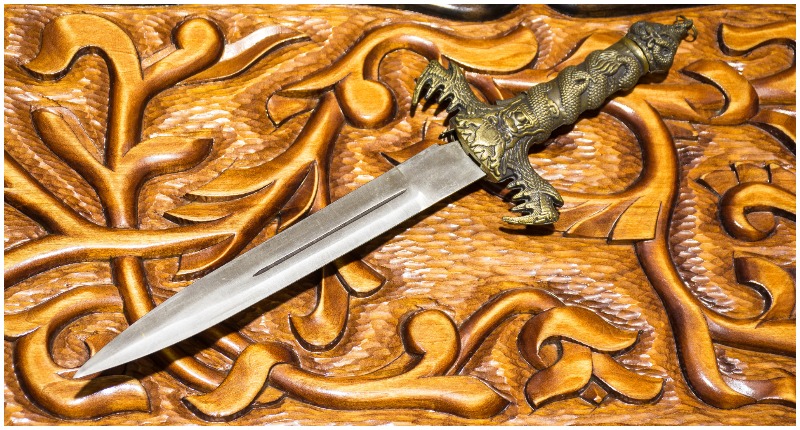Stiletto knives were first developed in Italy in the 15th century, but came to prominence during the 1950s and 1960s.
The blade of the stiletto was no more than 0.19 inches in diameter and it was used as a killing device, specialized not for cutting or slashing, but for stabbing the opponent.

Before the invention of the stiletto, the most preferred small weapons were the misericorde and the rondel dagger. The former is a type of a long, narrow knife that was used between the 12th and 15th century, mostly as the deliverer of a death strike to a seriously wounded knight, ending his pain and suffering.
Hence its name — misericorde is derived from the Latin misericordia, meaning “act of mercy.” Its blade was so thin that it could slip through the gaps between armor plates. The stiletto inherited some of the features of the misericorde blade.
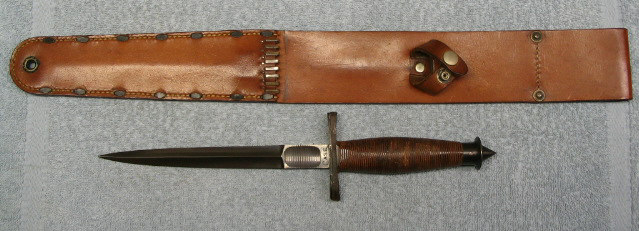
The rondel dagger was a stiff-bladed dagger which appeared in the 14th century in Europe. It was a needle-pointed weapon with a narrow blade designed for thrusting. The rondel dagger was a popular weapon of choice for many different people, from knights to merchants.
The name “stiletto” also came from Latin, from the word stilus, an ancient Roman writing tool used for engraving letters into wax or clay tablets.
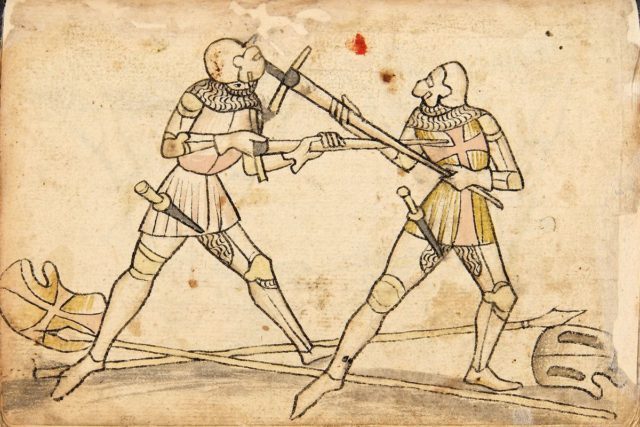
Just like its predecessors, the stiletto was originally designed for the purpose of offense, and it was also used to give a “mercy strike” to the injured opponent. The stiletto soon became the most popular secondary weapon for knights.
For assassins, the stiletto was the perfect tool for a silent kill. With time, the sharp dagger became the favored killing device, especially in Italy where the authorities banned its use, marking it as a dangerous weapon.
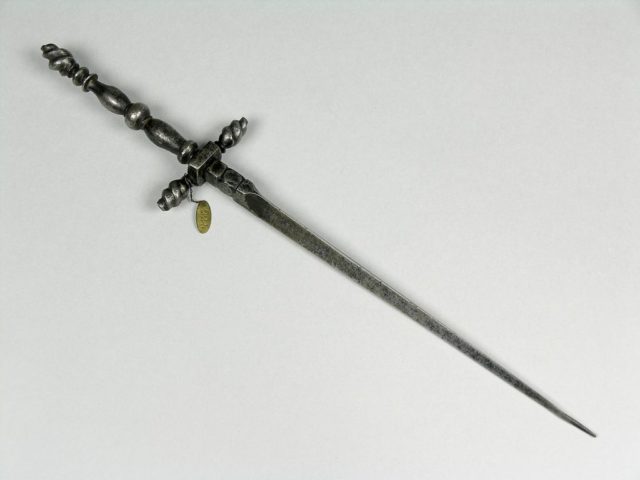
The stiletto was convenient for both attack and defense because it could easily be hidden in clothing, most commonly inside a sleeve. It was also perfect to penetrate the heavy leathers and clothes of the medieval times.
By the 19th century, the stiletto was by far the most popular weapon among political assassins and criminals, reaching notorious prominence not only in its home country but also in Sardinia, Corsica, and France. Most new thin, thrusting knives were created in the stiletto fashion – slim profile, needle-like point, and sharpened edges.
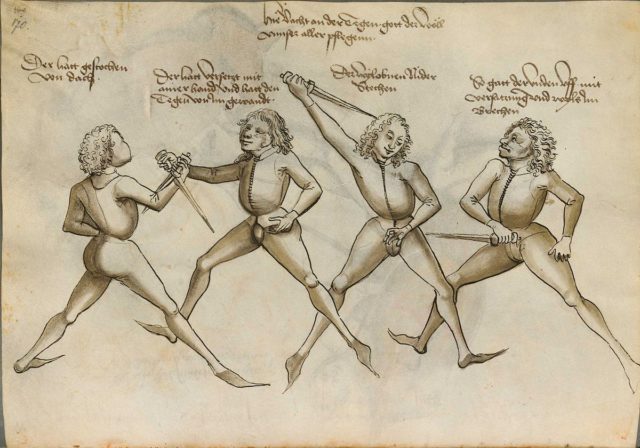
The immense use and popularity of the stiletto led to the development of a specialized school, “The Sicilian School of stiletto fighting,” where students could learn the art and mastery of stiletto knives.
It meant that a good professional was supposed to know how deep he should thrust the knife into the victim’s body, and how to inflict deadly wounds by twisting the sharp blade into more than one direction before removing it from the body.
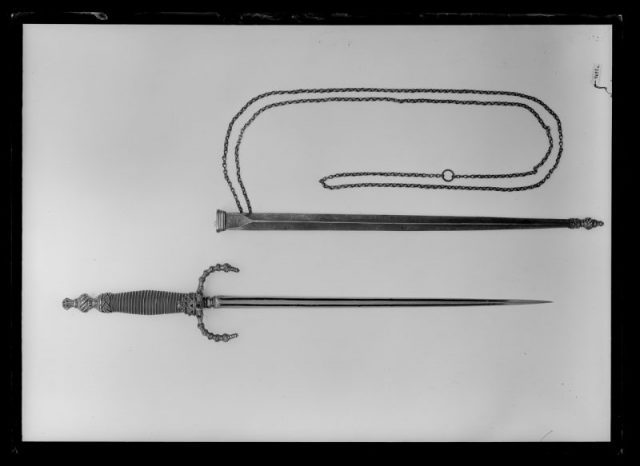
During the 19th century when Italians started migrating to the U.S., they brought their knives with them. The stiletto became widely used by many gang members, assassins, gamblers, and the mafia.
Its use became so excessive that the city of New Orleans passed a law forbidding the sale or exhibition of any type of stiletto within the boundaries of the city.
Usage of the stiletto was revived during both World Wars, mostly for protection purposes. Many soldiers made their own stabbing knives while some were commissioned by the authorities.
For example, during WWI the French Lebel M1866 bayonet was quite often cut down and remade into a stiletto or a thrusting knife, which became known as trench knives.
Read another story from us: The Medieval Reenactor Who Brandished His Prop Sword in a Heated Dispute
During WWII, British hand-to-hand combat instructors produced Fairbairn-Sykes fighting knives – double-edged daggers that served for thrusting and slashing.
